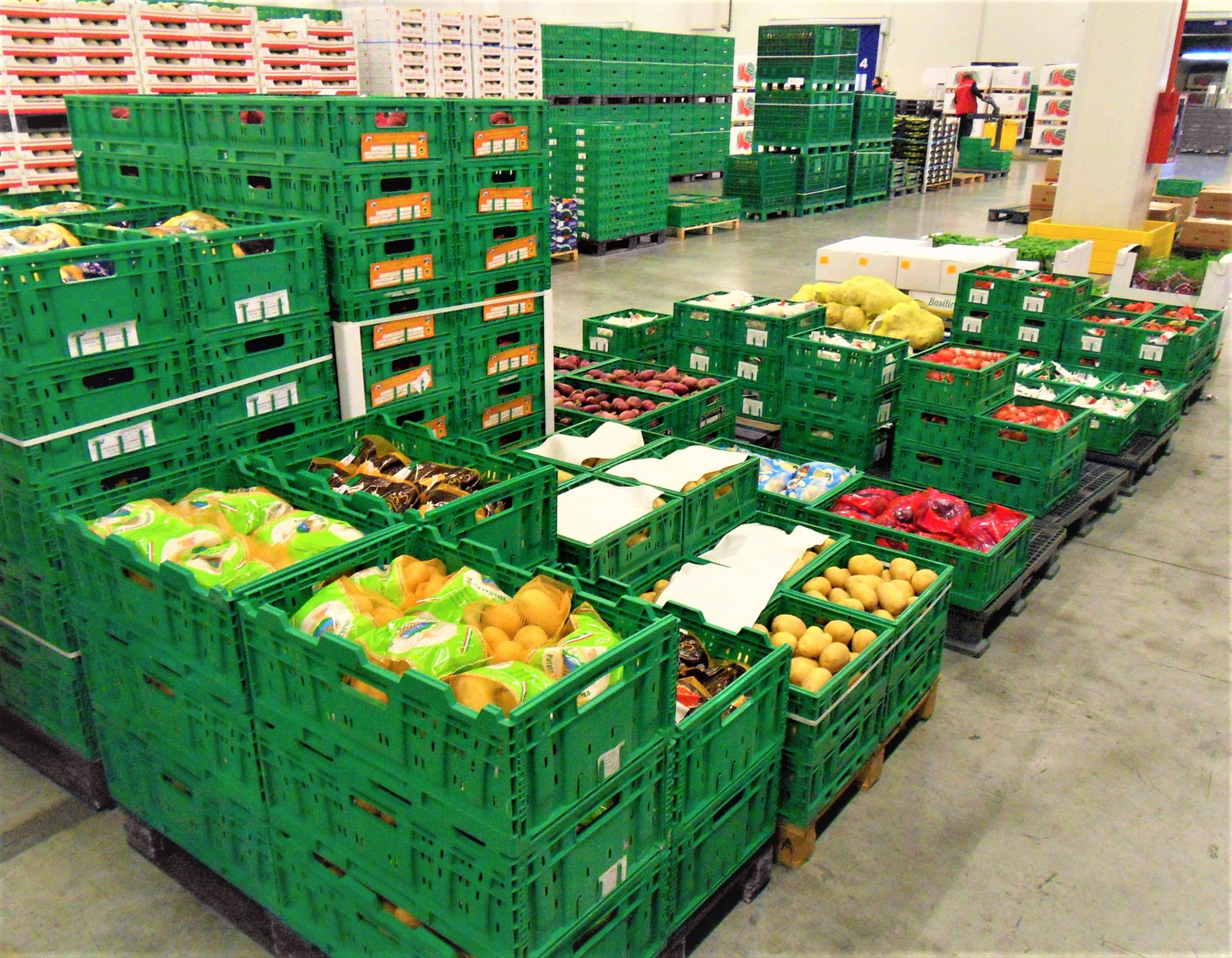
5 Brand-New Sports Programs for Elementary Schools This Summer
One of the main features of a great PE program is diversification.
While expert subject management, speed, appropriate planning, effective use of space, and progress for children are vital elements, diverse sporting opportunities are the keystone of an effective physical education program.
However, it’s not difficult for schools to slip into a routine of providing the same sport year after year, particularly if their equipment is adequately stocked to handle the demands of rugby or netball in the winter months and rounders, cricket, or rugby in the summer.
Teachers may be able to assume that adding new sports or games to the curriculum of schools requires a substantial expenditure on new equipment and the creation of lengthy lesson plans.
It’s not a big amount of money. In addition, expanding the range of sports available gives a wider variety of activities that aid in attracting and increasing the chances of success for a greater number of students.
How do you select the most effective athletic activities to provide variety to your physical education classes?
Not all kids of primary age like playing competitively.
Therefore, games must be diverse, inclusive, and allow for a variety of physical activities. Try to mix aerobic exercises that increase the heart rate, as well as endurance-building exercises, to build bones and muscles.
The amount of time spent inactive should be kept at a minimum, even if you’re not in the class. There must be clear objectives for learning so children understand the significance of each sport they participate in.
Explore a mix of team and individual sports that appeal to a variety of skills and styles.
There are plenty of opportunities for exercise, whether it’s in play or while doing exercises. If you’d like your favorite sport to stay on the agenda, think about changing the way you teach to put an emphasis on enjoying yourself!
New sports-related activities for elementary school physical education classes
One tiny basketball
Mini-basketball teaches fundamental movements that require players to jump to pivot, twist, and pivot, and also to speed up to make space or get the ball. In short, it’s fantastic for cardiovascular health, speed, and ability, and releases endorphins that boost happiness and improve mood.
The game helps build muscle endurance and strength, as well as enhancing discipline and concentration. Additionally, as a sport, it’s great for developing social and communication abilities.
Mini-basketball refers to basketball played by primary school children and is fairly simple to incorporate into all schools, regardless of whether it has a basketball court that is specifically designed for it or nets.
By using playground dividers, you can create a court and then divide the kids into groups of five.
Two teams are selected to compete, and each team will choose an end at which it will score as well as an end at which to defend. Children who are not participating in the match must be working with a partner to practice passing and bouncing the ball around one another.
Encourage children to play with the ball around the field by throwing it or bobbing it with their teammates before trying to shoot.
The ability to bounce, dribble, and roll a ball is great for hand-eye coordination, but it could be difficult for younger children to master.
Netball goals that are adjustable are perfect for use as basketball nets, so they are adjusted to fit the size that the athletes. Be sure to have enough balls to play one or two, and that the balls are completely inflated prior to the session to ensure that learning time is maximized.
Second, baseball
The popularity of football is growing throughout the UK, and it’s not without reason.
It provides young children with an immense amount of useful lessons. Alongside developing gross motor skills by throwing, catching, batting, and running, it’s ideal for teaching mental toughness as well. The frustration of not being able to hit the ball and having to deal with the disappointment of being struck out is a reminder of the necessity of practicing perseverance, staying focused, and persevering.
It is a sport that can be played as a team, Baseball is a great way to teach cooperation, particularly since each player on the field has an important part in the game. The other thing that is fascinating is that it fosters concentration, focus, and patience since children are required to stand in line or keep their attention on the game, even when they’re not running bases or batting.
A baseball bat can be different in length and shape as compared to the rounders bat, which is why it’s a good idea to invest in at least two if you can. You can utilize rounder balls as well as bases to reduce costs.
Try substituting rounders for baseball and use it as a chance to showcase a new game and broaden the children’s knowledge of the sport.
Circuits for the summer
Circuits for summer are basically an assortment of games and agility drills laid out in “stations” that children can rotate around.
It’s great for the summer season because it allows teachers to take kids out and play using a range of devices or equipment. Some may also be from nature (think trimming trails or a tree swing).
Start by assessing the size of your class. The goal is to establish sufficient stations that allow just a handful of students to engage in each event at the same time. Also, assess the abilities and interests of your students and design a range of activities that are suitable for everyone within the class. This is among the best ways to increase the participation of all students.
In addition, you can combine the equipment of other sports. Think football goals to shoot exercises, netball hoops for throwing and precision, and beams or benches for gymnastics to increase your balance while walking straight.
Include shuttle runs or table tennis, as well as throwing water balloons into a bucket; the possibilities are endless and can be easily adapted to children from all age groups and levels. Find out what children love and what motivates them, which is essential to getting them to play and in developing ideas to be used in future physical education classes.
For older children, include simple races, like running using the hula hoops, as well as being the first one to cross the finish line using beanbags. This is a great idea for kids who enjoy competitive sports activities, but there are many opportunities for kids who are shy of team sports to take part.
In the end, it’s all about having fun and camaraderie. Additionally, it’s an opportunity for children to discover a sport or hobby they love and can lead them to the path to joining the local gymnastics club and/or athletics group. If there’s nothing else, they may be able to replicate the same activity with their parents or family members in the garden during the summer vacation.
Fourth, sports
The idea is that sports in schools are accessible. But is this really true?
The strongest and fastest children love the competitive nature of racing, however, it may be unrewarding or depressing for children who have not had much practice.
Some schools are focusing on winning instead of focusing on the process. Students are urged to only compete with themselves by keeping track of their time or marks over time. Every improvement, no matter how small or small, is celebrated. Everyone is able to feel an elation of accomplishment, and everyone is not left out, regardless of age or level of ability.
Make use of athletics as an integrated exercise in strength, mobility, and agility. Throwing, running, and jumping are the foundation of every sport, therefore, they are crucial abilities to master.
The great thing about sports at schools for primary students is that the entire class works together as a unit, which makes it a great option for children who are shy of competitive team sports that are competitive.
Fifth, handball
Handball is a great option for schools seeking to broaden their range of sports, especially where there is apathy that may exist toward more traditional sports like netball, football, or rugby.
Handball is played in more than 180 countries, by over 19 million players, and is the most well-known sport in regions north of Europe, along with America. Handball is now one of the fastest-growing and upcoming sports played by teams across the UK.
For kids in the early years playing handball, it helps improve their throwing and moving skills, in addition to improving teamwork and communication. It also promotes perseverance, problem-solving, and competition. In addition, it provides the cardiovascular benefits of the high-intensity sport, and it’s an excellent sport to promote cardiovascular health.
It is a sport that defies the traditional gender stereotypes. Handball is a great sport for providing a fresh start for youngsters who are bored with the current PE programs.
Expand the quantity of physical education that your school provides.
Participating in a variety of exciting games and sports during the primary school level will boost the chances of children being active in adulthood.
A simple way to integrate diverse sports or mix up your PE classes is to enlist the help of a professional external service that specializes in providing top-quality PE services.
Premier Education has over 20 years of experience providing physical activities to thousands of primary schools across the nation.
Maximizing the use of PE planning tools
The PE plan can be transformed by Pepe, the innovative Premier Education online platform. Beyond simply lesson plans, Pepe offers insights into PESSPA throughout your school, allowing you to assess progress, find areas of need, and optimize Sport Premium funding. It makes it easier to plan, monitor, and analyze, making sure that your PE programs are effective and focused on your students.
Are you ready to get your PE classes? Contact us today for a Pepe demo to see how it will make teaching PE as enjoyable as it is effective!





